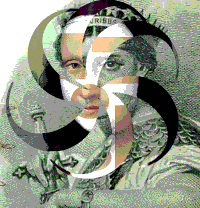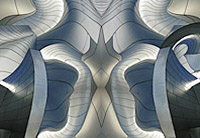
Photography & Art for a visual hungry world
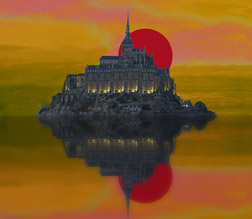
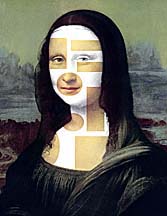
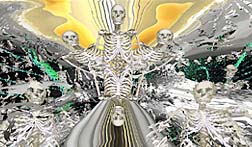
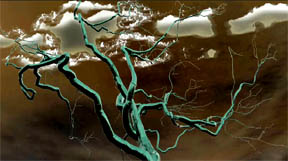
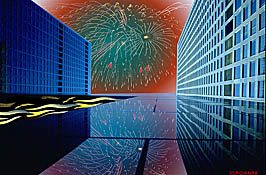
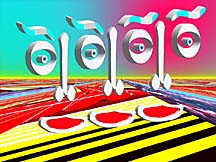
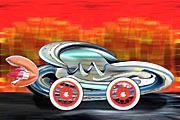
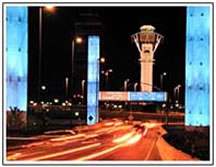
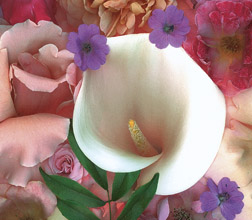
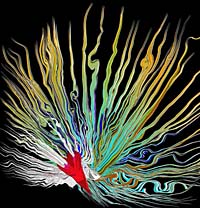
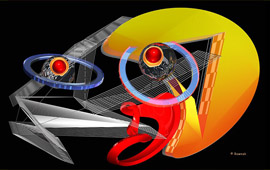
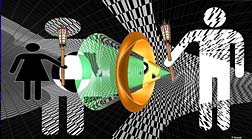
Landscape
Gallery 1
Pop Art Gallery 1
Landscape
Gallery 2 Pop
Art Gallery 2
Faces
3D
LAX
Pop Art Gallery 3
LACMA
Graphic
Arts Pop
Art Gallery 4
Meet
Mona England
Pop Art Gallery 5
Wallpaper Flying
Pop
Art Gallery 6
Animation
Absrtact
Disney
Hall
Crystal
Bridges
Scantography France
2016 Gallery
Africa
New Art
CLICK
HERE
POP-ART PORTRAITS
310-739-5992
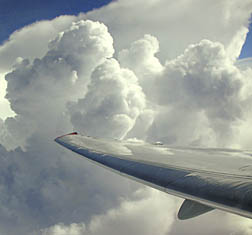
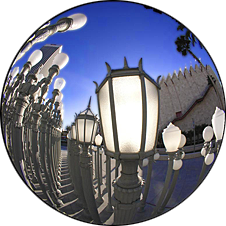
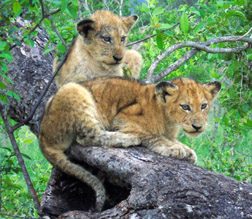
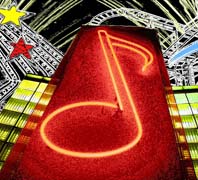
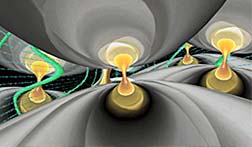
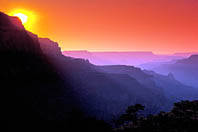
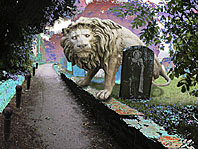
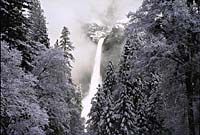
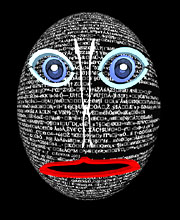
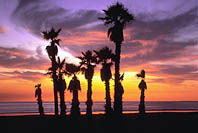
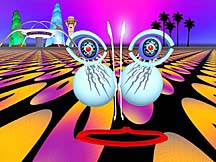
Taken together, these many approaches to art represented a wholesale rejection of the tenets of modernism—e.g., its optical formalism, high seriousness, utopianism, social detachment, invocation of the subconscious, and elitism—and marked the beginning of a new era in art. In their many manifestations, these movements and those styles that followed have come to be grouped under the umbrella term of postmodernism . For the most part, this art is one of pluralism and eclecticism. In fact, the very lack of a uniform organizing principle or ideology is one of the most important hallmarks of postmodern art. Nonetheless, within the enormous diversity certain tendencies, trends, and movements can be discerned.
One of the products of the almost universal dismissal of modernism by contemporary artists has been the development of a new historicism, ironic and detached, which has spawned a number of artistic "neoisms." These include the neoexpressionism of such German artists as Georg Baselitz and Anselm Kiefer, of Italians including Francisco Clemente and Sandro Chia, and of the American Julian Schnabel . Among other contemporary "neo" styles are the cool "neo-geo" abstractions of Peter Halley and others, the stark structures of neoconceptualism, the slick neopop of such artists as Jeff Koons, and the landscape revival represented by Diane Burko and April Gornik, among others.
Many new artists have simultaneously invoked and challenged art history, rejecting the heroic stature of the singular work of art and the single (usually white male) artist and invoking the ubiquity of mechanically produced reproductions by employing sophisticated "quotations" or "appropriations" from prior works. This can be found, for example, in Cindy Sherman's photographic recreations of paintings, in the multiple quotations of historic images of David Salle 's paintings, in the postmodern takes on Barnett Newman by Philip Taaffe and on Manet by Yasumasa Morimura, and in the nearly identical representations of famous images such as Picasso 's icon of modernism Les Demoiselles d'Avignon by Mike Bidlo.
Also widespread among contemporary artists has been a repudiation of the idea that underlies most works of pure abstraction—that the work of art is a self-sufficient entity. Rejecting the exclusively self-referential images of abstraction and the constricted commercialism of the art world (yet often embracing the wider commercialism of a consumer society), the new art has sometimes manifested a marked if somewhat detached social consciousness, often expressed in issue-driven minority, gay (frequently AIDS -related), and feminist imagery. By and large, the inroads achieved by feminism in the 1970s have been reflected in later decades not so much by the insistently female, body-derived 1970s imagery of Judy Chicago or Miriam Schapiro as by the full participation in the once mainly male-dominated art world of such varied artists as Jenny Holzer, Cindy Sherman, Barbara Kruger, Jennifer Bartlett, Elizabeth Murray, Judy Pfaff, Sherrie Levine, Barbara Bloom, Katharina Fritsch, and others.
Arising from the multimedia experiments of the 1970s, the widespread use of a variety of technology-based media has persisted into the art of the new century. Often included are elements of film, video, sound, performance (see performance art ), and architecture (principally in installation art). Another trend that has widened the definition and scope of contemporary art has been the conceptually driven use of both photography and language as the substance of numerous works of art—in Kiefer's photographic collages, in Kruger's words and photographic images, in Bruce Nauman's neon phrases, in Lawrence Weiner's painted words, in Holzer's billboarded, carved, electronically reproduced, or otherwise created linguistic neotruisms, and in many other artists' works. Another contemporary art movement, digital art , was pioneered in the 1970s but did not become prevalent until the beginning of the 21st cent. Digital artists make use of sophisticated computers, software, and video equipment to create an extremely varied body of works.
Postmodern art has also blurred the distinctions between painting and sculpture (and sometimes architecture), with artists often including in their works a host of wildly nontraditional materials. Since the 1960s shaped paintings and painted sculpture have become commonplace, while the materials of art have ranged from Rauschenberg's stuffed goat to Joseph Beuys ' globs of fat to the smeared body fluids of various contemporary artists. Moreover, a wide variety of spaces and places, both private and public, have become arenas for the frequently ephemeral work of many contemporary artists.
Later 20th-cent. and early 21st-cent. sculpture has assumed a central position in contemporary art and has followed the patterns of the various postmodern art movements, for example, the three-dimensional pop icons of Claes Oldenburg , Koons's purposely banal, often erotic figures, and the minimalist constructions of such artists as Carl Andre , Donald Judd , and Robert Morris . Other important trends in contemporary sculpture include an increasing use of mixed media and the creation of works that draw their meaning and impact from their architectural context and also emphasize the role of the spectator. This is as significant in the room-centered examples of installation art as it is in such large public works as Maya Lin 's Vietnam Veterans Memorial .
Bibliography: See Papadakis, Farrow, and Hodges, ed., New Art: An International Survey (1991); E. Lucie-Smith, Art Today (1995); J. Cerrito, ed., Contemporary Artists (4th ed. 1996).
